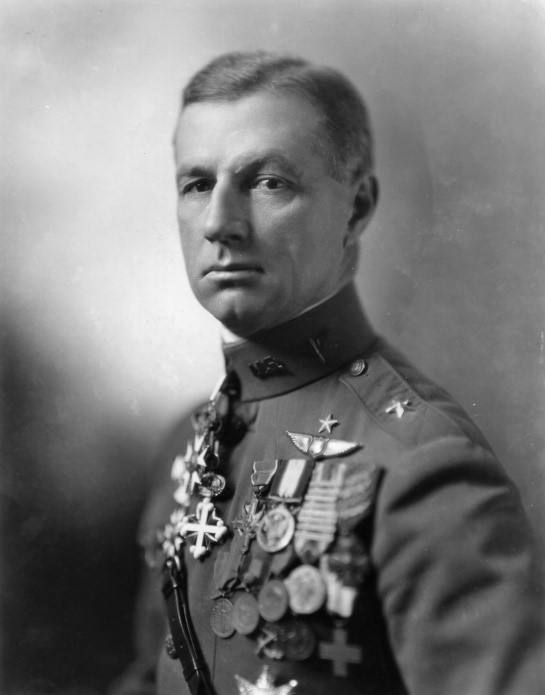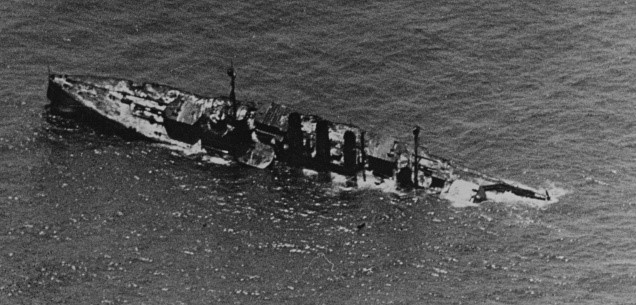The History Column: Brigadier General Billy Mitchell
Brigadier General Billy Mitchell was a pioneering American aviator who is regarded by many as the father of the US Air Force. He was born on 29 December 1879 in Nice, France, and grew up in an affluent area of Milwaukee; his father was eventually a Senator for Wisconsin. He served as an airman in World War I and became one of the top aces, highly decorated, and finishing World War I as Chief of Air Service, Third Army.

Brigadier General Billy Mitchell (USAF file photo - Public Domain).
He was a controversial character, with strongly-voiced opinions on air power. In particular, he was convinced that battleships could be sunk by air bombing, and hence that US military funding should be spent on building up air power rather than on new battleships. He also argued for the establishment of a separate US Air Force.
In the summer of 1921 a series of trials were conducted of air bombardment of various obsolete warship targets, by US Army and Navy aircraft. On 21 July 1921 Mitchell led a bombing attack with 2,000lb bombs on the German WW1 dreadnought battleship Ostfriesland, which was sunk. This column therefore marks the centenary of that event.
The significance of this result was really quite profound. Up to this point, battleships had been regarded as impregnable and unsinkable, and hence formed the foundations of the great naval powers in WW1 and in the years that followed. But effectively, after this demonstration the battleship became obsolete – though it took some years before this was truly understood; the Washington Treaty was signed in 1922 to limit the size and number of battleships and battlecruisers that could be built, which indicates that such warships were still regarded as crucial.
Significantly, the demonstration was witnessed by the Japanese Naval Attaché to the USA, Isoroku Yamamoto. He had studied at Harvard from 1919-21, so had become very familiar with American culture and military doctrine. When he returned to Japan he was instrumental in building the strength of the Imperial Japanese Navy, and in particular Japanese naval aviation. By 1941 he had risen to the rank of Admiral and Commander-in-Chief of the Combined Fleet, and he oversaw the attack on Pearl Harbor and the Battle of Midway.

Mitchell's outspoken opinions got him into trouble with the US military authorities, when in 1925 he described the crash of the airship Shenandoah as '… the direct result of the incompetency, criminal negligence, and almost treasonable administration of the national defense by the navy and war departments.’ He was court-martialed for insubordination and reduced to the rank of Colonel.
Mitchell died in February 1936. The events of Pearl Harbor rather proved that he had been right all along, and he was posthumously restored to the rank of Brigadier General (1942) and awarded the Congressional Gold Medal 'in recognition of his outstanding pioneer service and foresight in the field of American military aviation' (1946). He was also the first person in the US to have a military aircraft named after him (the North American B-25 Mitchell bomber).
Further information may be found at:
Hurley, Alfred F. Billy Mitchell: Crusader for Air Power, Indiana University Press, 2006.
https://www.navalgazing.net/Billy-Mitchell-and-the-Ostfriesland-Part-1
Authored by
Hugh Griffiths
University College London

